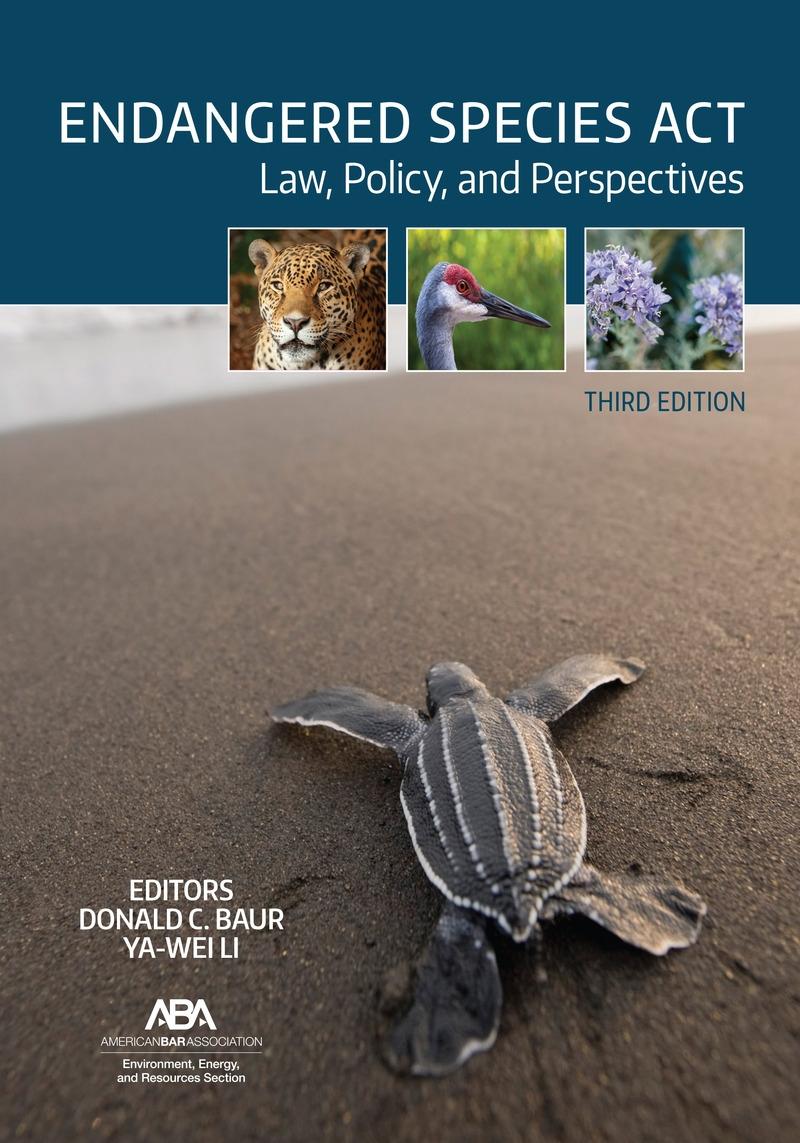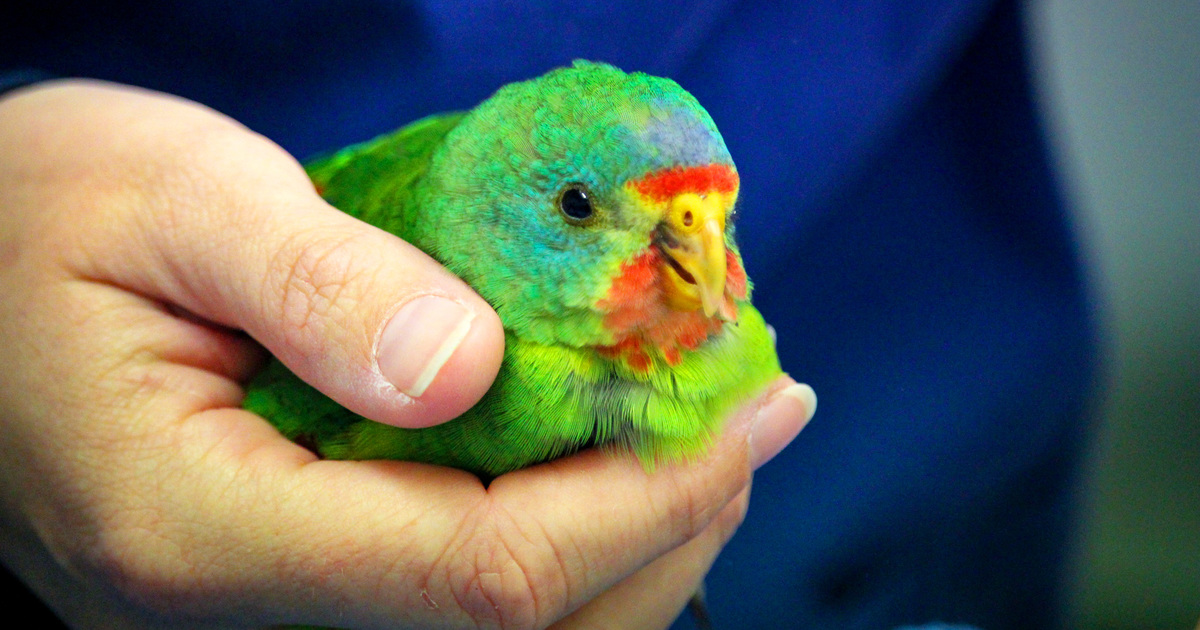
The urgent need for effective conservation strategies stems from the alarming rate of biodiversity loss, with over 44,000 species documented as being at risk of extinction. The consequences of these declines threaten the stability of ecosystems that are essential for human well-being, providing services like clean water, livelihoods, and cultural preservation. This report delves into the key challenges surrounding conservation efforts aimed at safeguarding endangered species.
The Declining State of Biodiversity

A significant challenge in conservation is the ongoing decline in biodiversity, which is occurring at a pace 100 to 1,000 times faster than what scientists would expect under natural circumstances. This rate of extinction signifies a dire need for effective conservation measures amidst overwhelming evidence that many efforts are insufficiently funded. Despite considerable conservation actions, researchers argue these measures are not currently funded at the scale necessary to reverse global declines in biodiversity[1][5].
Challenges in Implementation and Scale
A comprehensive meta-analysis of 665 conservation trials revealed that conservation actions are effective in improving biodiversity in approximately two-thirds of cases[5]. However, many conservation strategies often suffer from a lack of representation, particularly from regions rich in biodiversity such as sub-Saharan Africa and parts of South America and Southeast Asia. This imbalance in representation means that conservation efforts may not adequately address the specific needs of endangered species in these hotspots[5].
Additionally, while established conservation methods such as protected areas and management of invasive species are shown to be successful, insufficient investment and support hinder their scalability. For instance, effective management of protected areas remains a cornerstone for conservation actions, yet inadequate resources often prevent these areas from operating optimally[1][4].
Overcoming Systemic Drivers of Biodiversity Loss

The systemic drivers contributing to biodiversity loss present another major challenge. Factors such as unsustainable consumption and production practices exacerbate the situation. Penny Langhammer, a lead author of a pivotal study, highlighted that meaningful conservation must include addressing these underlying causes rather than merely focusing on treating the symptoms[1]. Effective advocacy for policy changes and sustainable practices is crucial, as existing laws may not offer the protections needed for many endangered species while failing to account for the impacts of human activities on their habitats.
Knowledge and Learning from Failures
Interestingly, the same meta-analysis indicated that in cases where conservation actions did not yield the intended benefits for target species, valuable lessons were still learned. Conservationists were able to adapt and refine their methods based on these experiences. For example, a conservation attempt in India to remove invasive algae inadvertently led to its spread, providing insights for implementing more effective strategies in the future. The continuous learning and adaptation process within conservation practices is essential in a rapidly evolving environmental landscape[1][4].
The Role of Individual Actions in Conservation

While institutional efforts are paramount, individuals also play a crucial role in conservation. Simple actions taken by the public, such as purchasing sustainable products, advocating for conservation, and participating in habitat protection initiatives, contribute significantly toward safeguarding endangered species[2]. Engaging with local conservation organizations, educating oneself about local wildlife, and volunteering at wildlife rehabilitation centers all empower individuals to impact biodiversity positively. Ultimately, collective grassroots actions complement larger conservation strategies and foster a culture of responsibility toward endangered species.
Emerging Issues in Conservation
Another layer of complexity lies in emerging conservation challenges outlined by experts. Recent discussions highlight the potential threats posed by environmental issues such as climate change, invasive species, and diseases that can rapidly impact marine and terrestrial ecosystems. For example, mass mortality events concerning sea urchins in the Caribbean have raised alarms about the potential for future outbreaks of marine disease, which could further destabilize tropical ecosystems[3].
Moreover, the exploration of new technologies, such as hydrogen energy production and ocean-based carbon removal, presents both opportunities and risks. These innovative approaches may help combat climate change but could inadvertently harm existing ecosystems if not carefully managed[3]. Effectively navigating the balance between advancement and ecological integrity is vital for future conservation success.
Conclusion
The challenges facing endangered species conservation are vast and multifaceted. They require a concerted effort from both institutions and individuals to develop innovative and adequately resourced strategies. The evidence highlights that while many conservation actions are working, the urgency to scale these efforts and address systemic drivers of biodiversity loss is more critical than ever. By enhancing collaborative efforts and ensuring that conservation strategies are evidence-based and well-equipped, we can work towards a more sustainable future for the planet's biodiversity.
Get more accurate answers with Super Pandi, upload files, personalized discovery feed, save searches and contribute to the PandiPedia.
Let's look at alternatives:
- Modify the query.
- Start a new thread.
- Remove sources (if manually added).